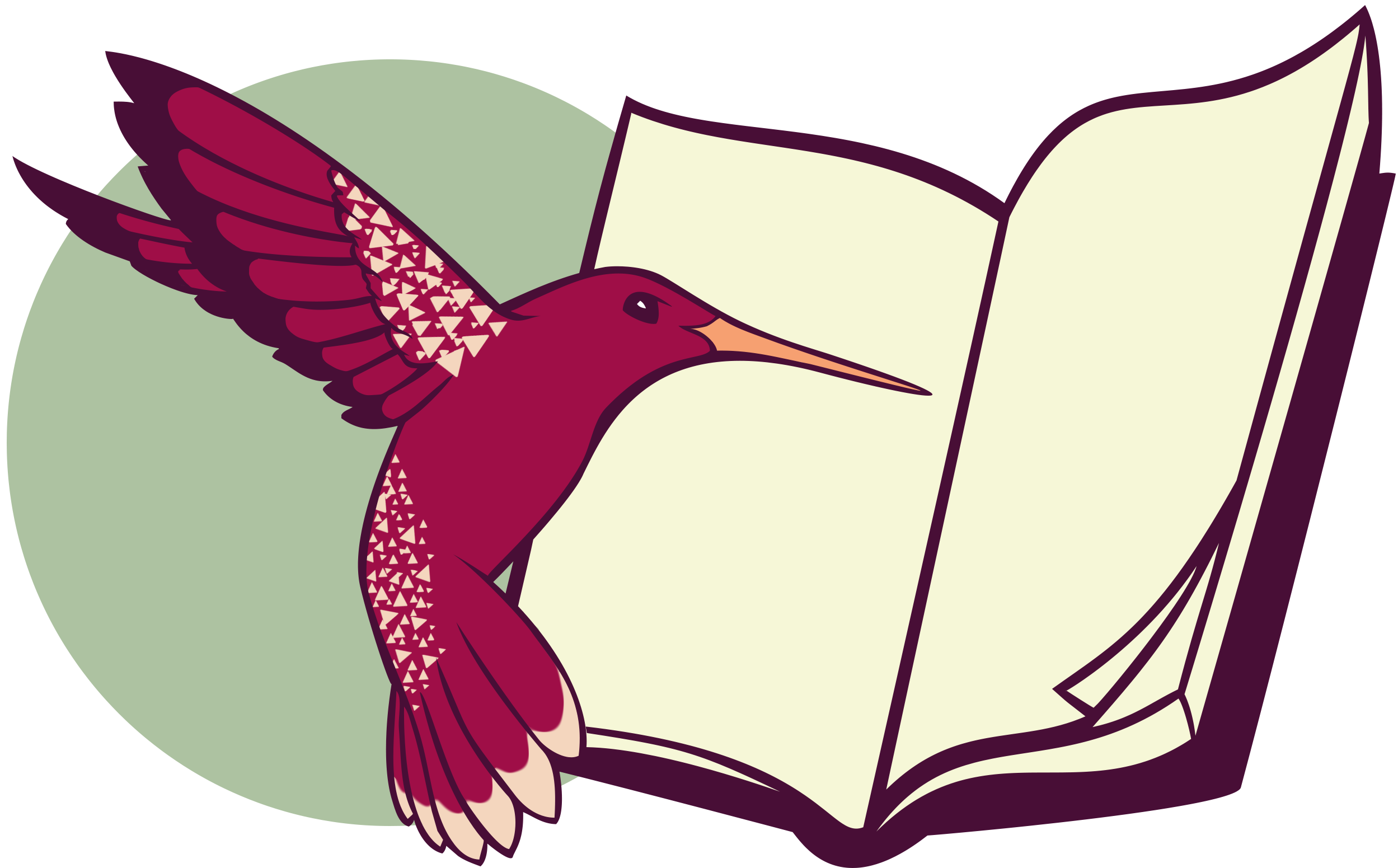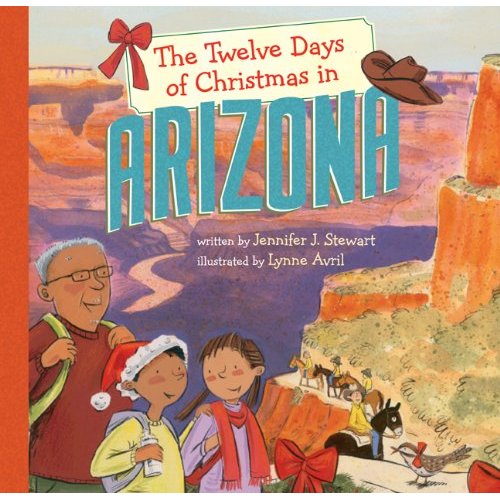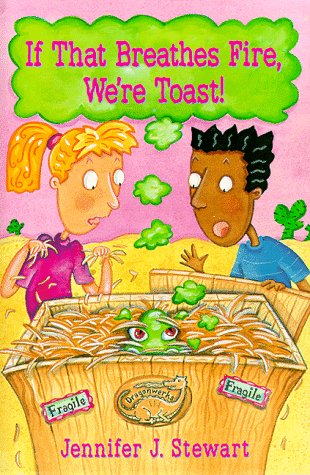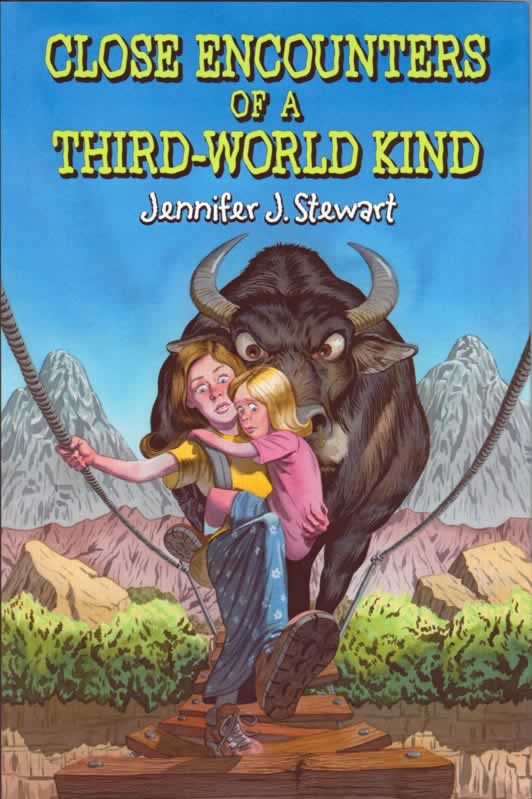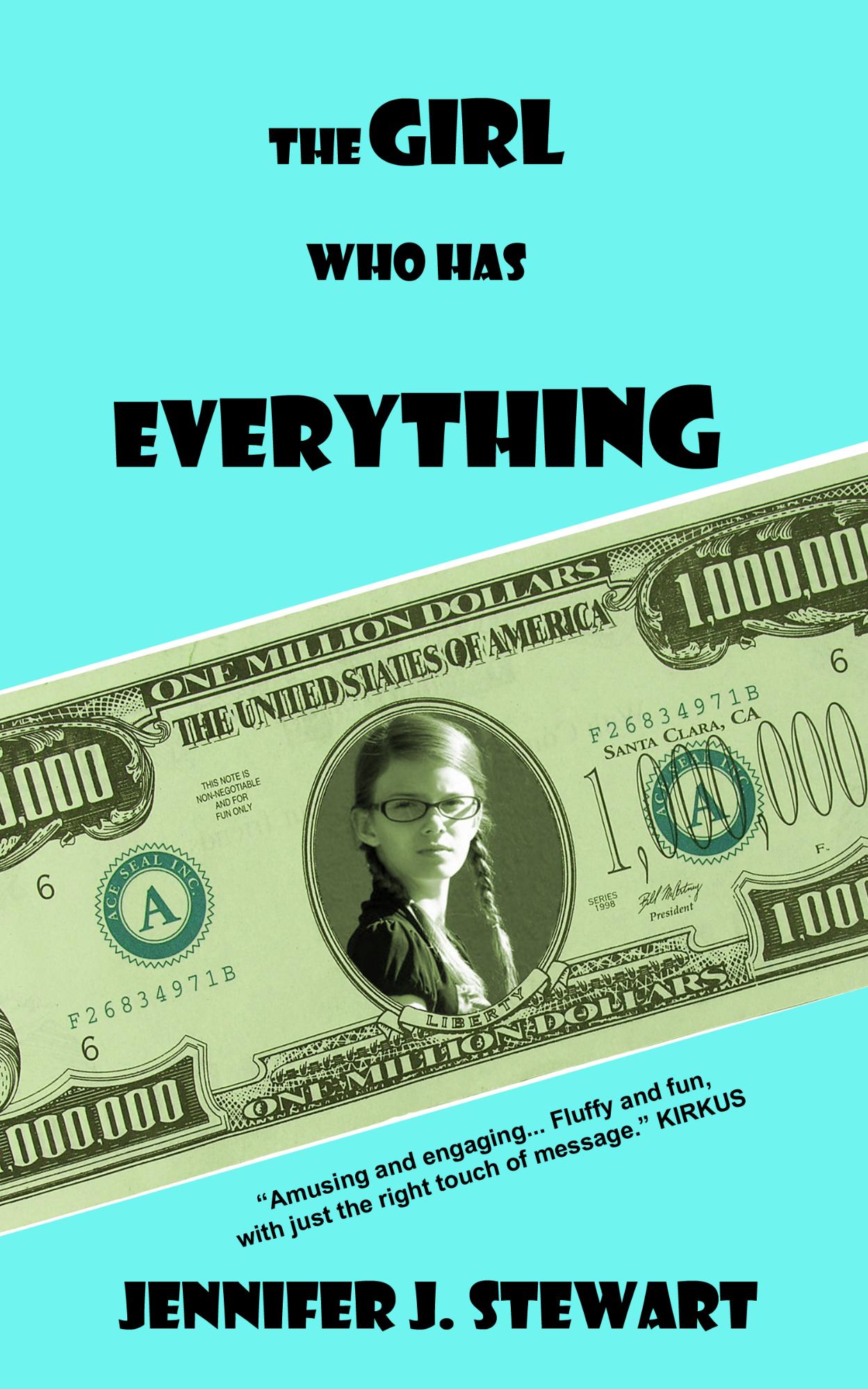Jennifer J. Stewart wrote this while she was the Pima County Public Library's Writer-in-Residence.
Welcome back to Words @ Play. I’m Jennifer J. Stewart, the library’s writer in residence. Literally, I write in my own residence. Did you catch the Beatles reference in the title? Then you might be as old as I am. Let’s jump in!
Instead of engaging children with writing exercises (metaphors and the five senses), today I’m switching gears and my audience to grown-ups. Specifically, I’m addressing those of you who want to write for children. I’m guessing your focus is on picture books. These are simple illustrated stories for young children, but they can be about big ideas with universal themes. Check out a recent favorite of mine, You Matter by Christian Robinson.

Even though the text is brief, picture books are not easy to write. I’m not sure what makes people think that they can write picture book texts without studying them. It’s like driving a car without ever having had a lesson. It’s not going to end well. You need to read what you want to write.
I bump up against misconceptions about writing picture books a lot. One mistake is in thinking that your text has to rhyme. Of course, children respond to word play, but it has to be good. You have to earn your poetic license. Take an on-line class. Please don’t imitate Dr. Seuss. Seriously, don’t.
Another assumption aspiring writers often make is that you need finished art before you approach a publisher. They are unaware that it’s the publisher’s job to find the illustrator. The art director, in conjunction with the children’s book editor, will find an artist whose style complements your words.

I recommend this book—Writing Picture Books: A Hands-On Guide From Story Creation to Publication by Ann Whitford Paul— because it demystifies both the writing craft and the writing business. Make sure you get the revised and expanded version.
My best advice is to read a lot and write a lot. Read recent picture books. Type the text into your word processor. It’s an exercise in reverse engineering, to see the story without the pictures, when it was just words on a page, the way some lucky children’s book editor first got to see it. Learn the drama of the page turn.
Then it’s time to give it a go by telling the story that tugs at your heart. You want to sound like yourself on the page, so it may help to pretend you’re talking to your best friend. Voice is your unique writing style. Like your fingerprints, it sets you apart from everyone else. Voice says, “Listen, I’m telling you a story.”
That first sentence needs to be compelling, and you need to get to the problem speedy quick, and continue that forward motion all the way through. It’s possible to bang out a first draft in one or two writing sessions. Give yourself permission to write badly—especially if you’re a perfectionist—as this is about getting the words down. Trust me, they are unlikely to be the right words, but they will be words you can mess around with. If you’re lucky, one sentence will be perfect.
When you’re done with your manuscript, read it out loud. You should catch the clunky bits. Revise, rewrite, and repeat. Consider joining a critique group for support. Consider joining the Society of Children’s Book Writers and Illustrators.
You’ve got to be able to write more, better. And if you work at your craft more days than not, if you read good advice about writing for children, and if you study the best books for children being published today, your writing will improve.
Will it get published? I don’t know. But I do promise it will get better.
Questions? Would you like a free marketing guide? You can email me at jennifer@jenniferjstewart.com, and I’ll send you one.
Happy writing!
Jennifer J.
PS Thank you to the Beatles whose song Paperback Writer inspired this title.
© by Jennifer J. Stewart. All rights reserved. Website designed by author, who is solely irresponsible for its contents. Logo design by Amy Stewart. Jennifer J. Stewart respects your privacy, and will never to pass on your details to anyone.
